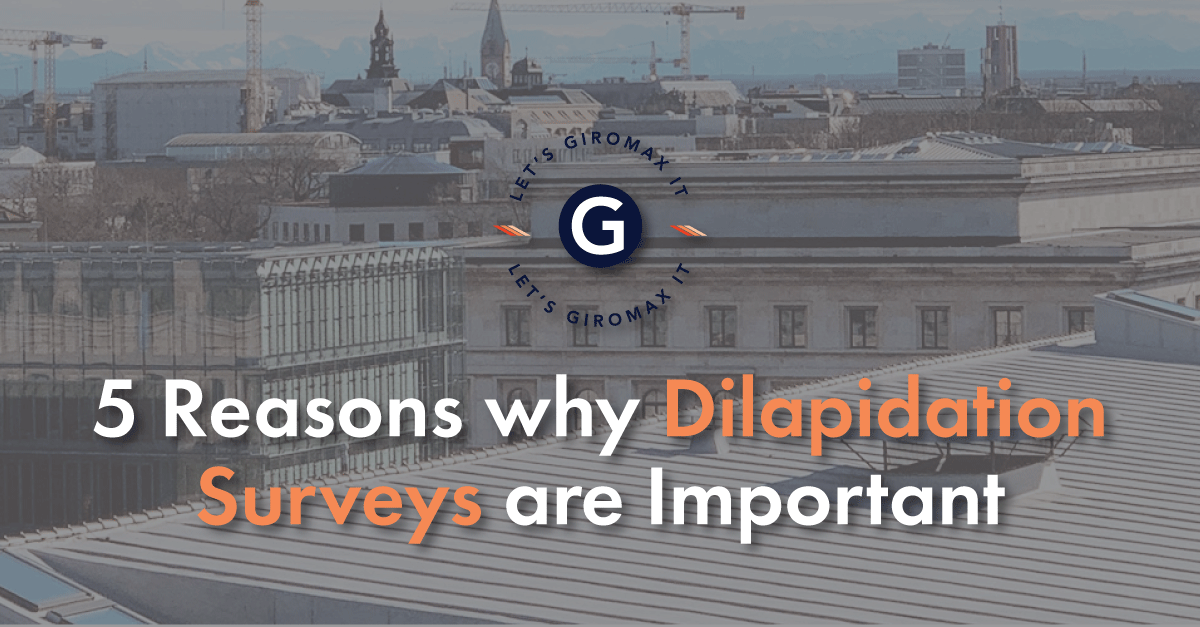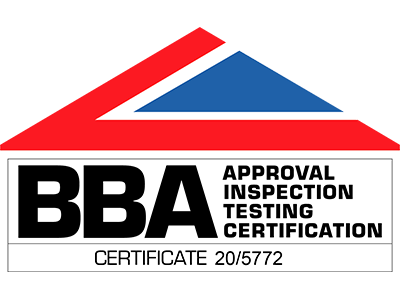Cut edge corrosion demystified
Cut edge corrosion can lead to costly damage for an industrial roofing system. But this type of metal corrosion is not always easy to spot, especially from the ground. We look at the causes and effects of cut edge corrosion, as well as strategies for effective prevention.
The silent threat: early detection of cut edge corrosion
This type of corrosion affects the cut edges of a metal roof sheet. Nowadays, the majority of modern industrial units are built using profiled metal roofing. This is a tough material with a long lifespan between 40 to 60 years, ideal for prolonged exposure to the ever-changing British weather. However, a profiled metal roof still has its weaknesses.
Metal profiled sheets contain a steel core, and they have a protective surface coating, which is usually plastisol. Made of up fine polyvinylchloride (PVC) particles, which are suspended in liquid plasticiser, plastisols also include small amounts of pigment and stabilisers. This material is a highly durable, weather-protective layer, ideal for industrial roofs.
When the sheets are fabricated in the factory, this can leave a cut edge. Over time, the steel core can become exposed to the elements through the cut edges, causing the metal to rust. As a result, cut edge corrosion can occur, affecting the integrity of the metal sheet. When left unchecked, this type of corrosion can compromise the entire roof.
Therefore, early detection of cut edge corrosion is important if you want to maintain the longevity of your metal roof and your maintenance budget.
How to spot cut edge corrosion
Below are some common signs:
- Look out for signs of rust appearing at the cut edges of the metal sheets. These may appear as reddish-brown streaks as well as spots. Regular roof inspections will ensure that any small areas of rust are detected before they spread further.
- Look out for peeling and blistering where the protective coating has worn away at the cut edges. As the steel core of the metal edge will be exposed, this can lead to rust developing. It’s recommended to treat the cut edge before any corrosion occurs.
- Look out for damp or stains inside the building, where water has penetrated through the roof. There could be a small leak where the cut edge has corroded to the point where it is allowing water ingress within the building.
If you suspect that the integrity of the metal roof sheets has been fully compromised, a full roof survey will need to be carried out.
How to treat cut edge corrosion
Cut edge corrosion must be treated as soon as possible to prevent costly repairs. Early detection of this type of corrosion will enable you or your client to address small areas of concern before they turn into big problems.
But before any treatment can be applied, the substrate must be prepared correctly. This is essential because the product might not adhere correctly. Mark Smith, one of our regional Technical Services Managers, has shared the following guidance:
“Make sure the substrate has been thoroughly cleaned and mechanically or manually prepared to the specified standard. Application must then follow the correct guidance and carried out in the right temperatures.”
Giromax® Edgecoat cut edge corrosion treatment
Giromax® Edgecoat is the market-leading treatment for cut edge corrosion. This coating will enable you to treat the cut edges of metal roofing sheets. As it’s moisture tolerant, this product can be applied in damp conditions, minimising any downtime for contractors. Giromax® Edgecoat is a highly durable solution with outstanding flexibility and elasticity, ideal for withstanding natural surface movements of the roof sheets.
By knowing what to look out for and how to address the signs of cut edge corrosion, you will be able to take the right action. Early detection and prevention will enable you to protect and preserve the integrity of the roof without expensive replacement roof sheets.
Our Technical Services Managers will visit your premises, inspect your roof, and advise on the correct application of our cut edge corrosion treatment. Our advice goes beyond simply specifying the right product for your project.
We provide on-site training and technical guidance to contractors to ensure the work is carried out to a high standard. We will inspect each stage, from the preparation of the substrate to the coating application, so you can obtain the Giromax® guarantee.
At Giromax, we are the original innovators of cut edge corrosion treatments. Our roof coatings will help you protect the integrity and longevity of your industrial roofing system.
For technical guidance or application advice, please speak to the Giromax team or call 01455 558969.
Get updates from us
Sign up to our newsletter to receive all the latest news and insights from Giromax Technology.
Subscribe to NewsletterRelated articles
5 Reasons why Dilapidation Surveys are Important
Dilapidation surveys protecting your roof investment, ensuring compliance and safety standards, and accurate repair and maintenance planning.
5 Common Cladding Issues and How to Fix Them
Common cladding issues include cracking and structural damage, water ingress and moisture-related problems. We explore ways to fix cladding.
5 Commercial Roofing Industry Trends & Innovations in 2025
The latest commercial roofing industry trends include smart roofing technology, IoT, sustainable roofing solutions and advanced roof coatings…









